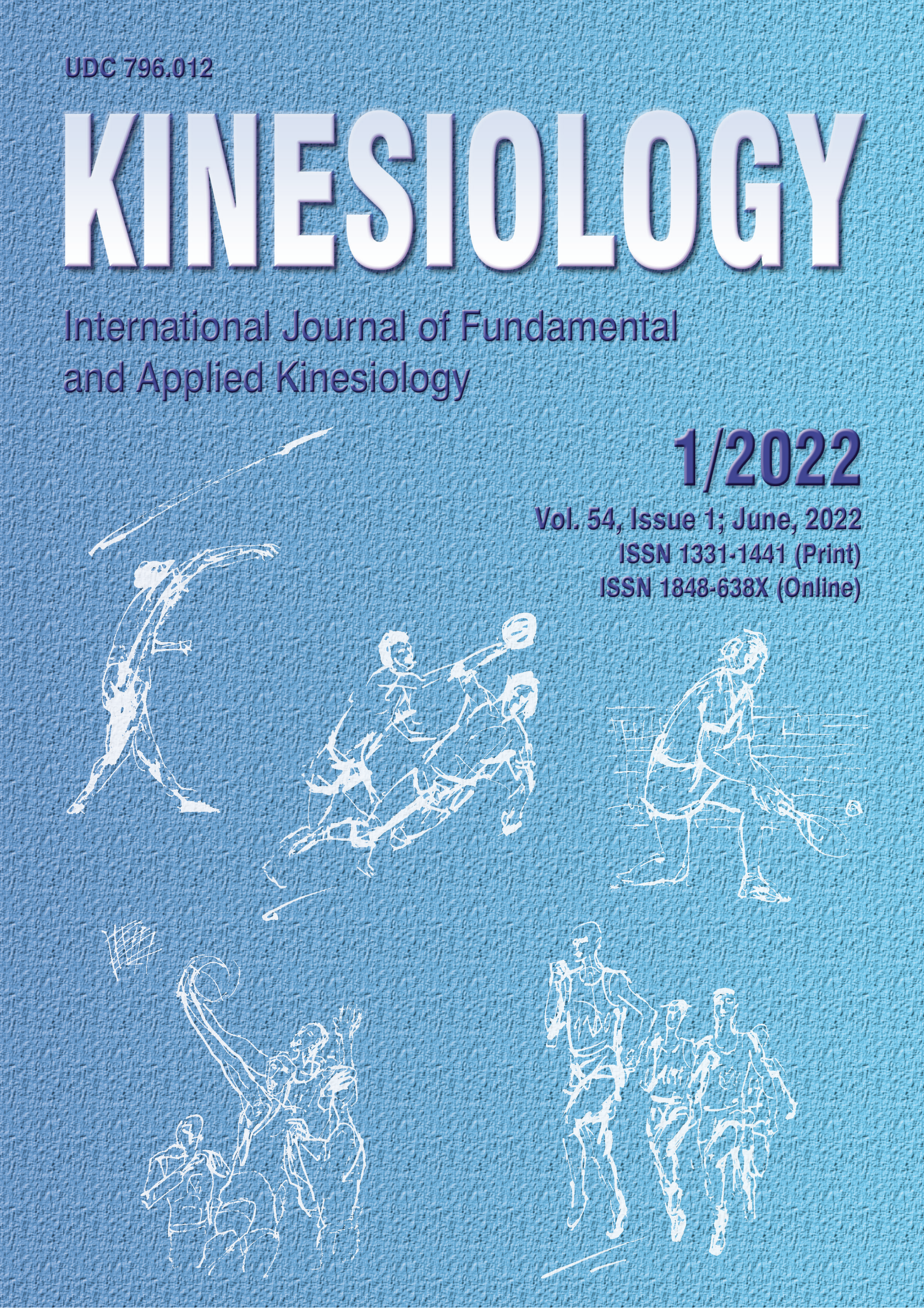THE TENNIS SERVE – A NEED TO DISSECT THE PERCEPTION-ACTION LINK FURTHER
Abstract
To
The Editor
I would like to congratulate the authors (Lin, Matheus, Lin, & Lin, 2021) on their article, which I read with great interest. Tennis remains a unique interceptive sport, with the serve being the most complex and crucial point in the modern game both for the server and the receiver alike. It is an easy point if struck right; but also, a big loss if it is broken. It remains the receiver’s first and foremost anticipation task in the point and offers the least amount of response time for the intended task completion (Abernathy, 1991).
Multiple studies have shown that pre-racket-ball contact information improves prediction accuracy (Farrow & Abernathy, 2003; Farrow, Abernathy, & Jackson 2005). Lin et al (2021) point out that skilled players can anticipate serve direction and placement from precontact visual information by focussing on the trunk, upper body, and the ball. Their methodology could not distinguish between these three areas of the body. A metanalysis has suggested experts generally employ fewer fixations but with longer duration (Mann, Williams, Ward, & Janelle, 2007). Hence, it is possible that the experts focussed on one of these (the trunk, upper body, and the ball) for longer while receiving the serve. A mixed methods study that utilises qualitative interviews immediately after the in-situ experiments, along with video recordings of the serves just received, might provide more granular data of what the expert players really focus on while receiving serves.
Furthermore, tennis is also unique because the server has a second serve to play out the point, should the first one be a fault. Three kinds of serves have been identified in the literature – the flat, underspin or the kick serve (Kovacs & Ellenbecker, 2011). While the first serve is usually flat, the server sacrifices speed for accuracy in the 2nd serve to make the return more challenging and this usually involves spinning the ball on the racket head. Lower trunk position and muscle activation patterns do not change between the spinning and flat serves (Kovacs & Ellenbecker, 2011); instead, it has been suggested that the racket face angle differs between the various kinds of serves (Elliott, Reid, & Crespo, 2009) and it is possible that most players will have to change the trajectory of the ‘ball toss’ to facilitate the spin serve. Thus, capturing ‘ball toss’ information may provide additional perceptual cues when receiving serves.
As a player (in, what I believe, the expert category) I know that the intention of both the server and the receiver will differ between the 1st and 2nd serve as well. For the receiver, the intention of returning the first serve may be perhaps just to get it back deep in the court on the other end and keep the ball in play. The approach to the 2nd serve is totally different – attack it and make it more challenging for the server to continue the point. Considering that perceptual-cognitive expertise literature suggests that corresponding decision-making is essentially dependent on the task and motivation (Williams, Davids, & Williams, 2000), evaluating the 1st and the 2nd serve in-situ situations may reveal differential results, especially in experts; and if so, this will have a potential to help novices further learn the nuances of tennis.
Downloads
Published
How to Cite
Issue
Section
License

This work is licensed under a Creative Commons Attribution-NonCommercial 4.0 International License.
At Faculty of Kinesiology we recognize that access to quality research is vital to the scientific community and beyond. Kinesiology is non-profit journal and all costs of publishing and peer review process are covered by the publisher itself or other funding sources like Ministry of Science and Education of the Republic of Croatia. Full text papers are also available free of charge at http://hrcak.srce.hr/kineziologija. There are no restrictions on self archiving of any form of paper (preprint, postprint and publisher's version).
Articles are distributed under the terms of the CC BY - NC 4.0
Kinesiology does not charge any fees to authors to submit or publish articles in our journal.


